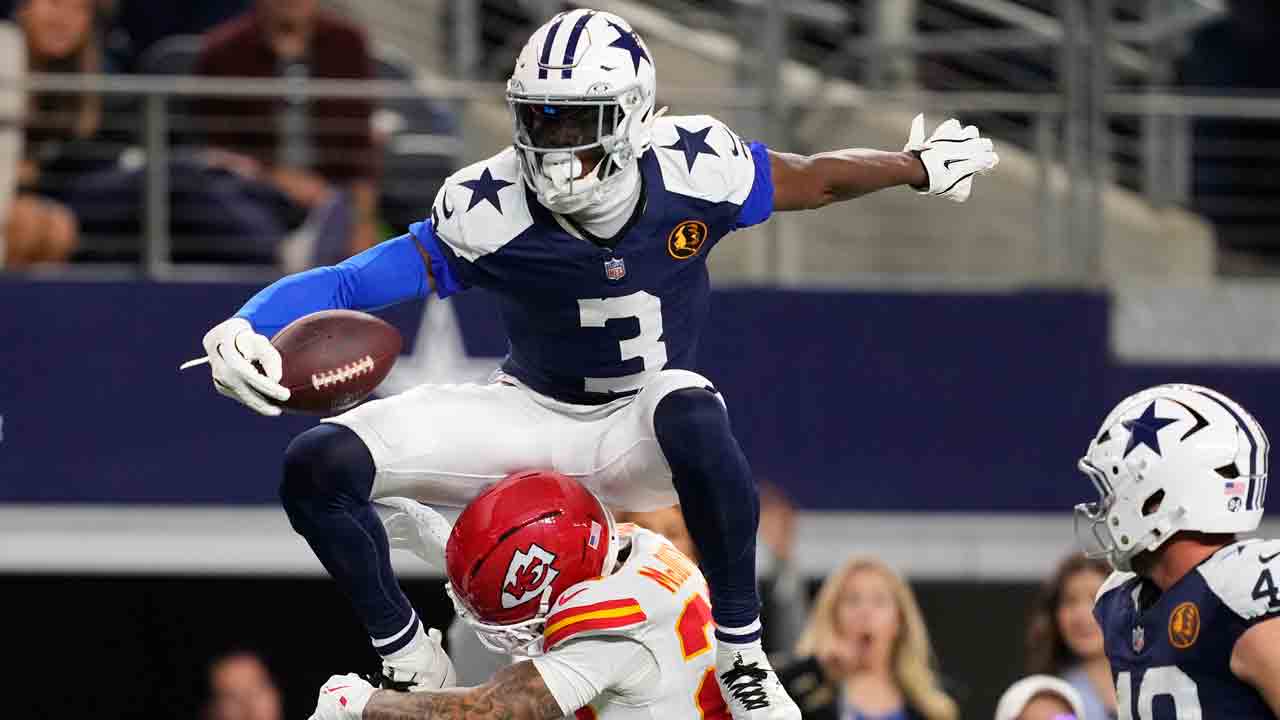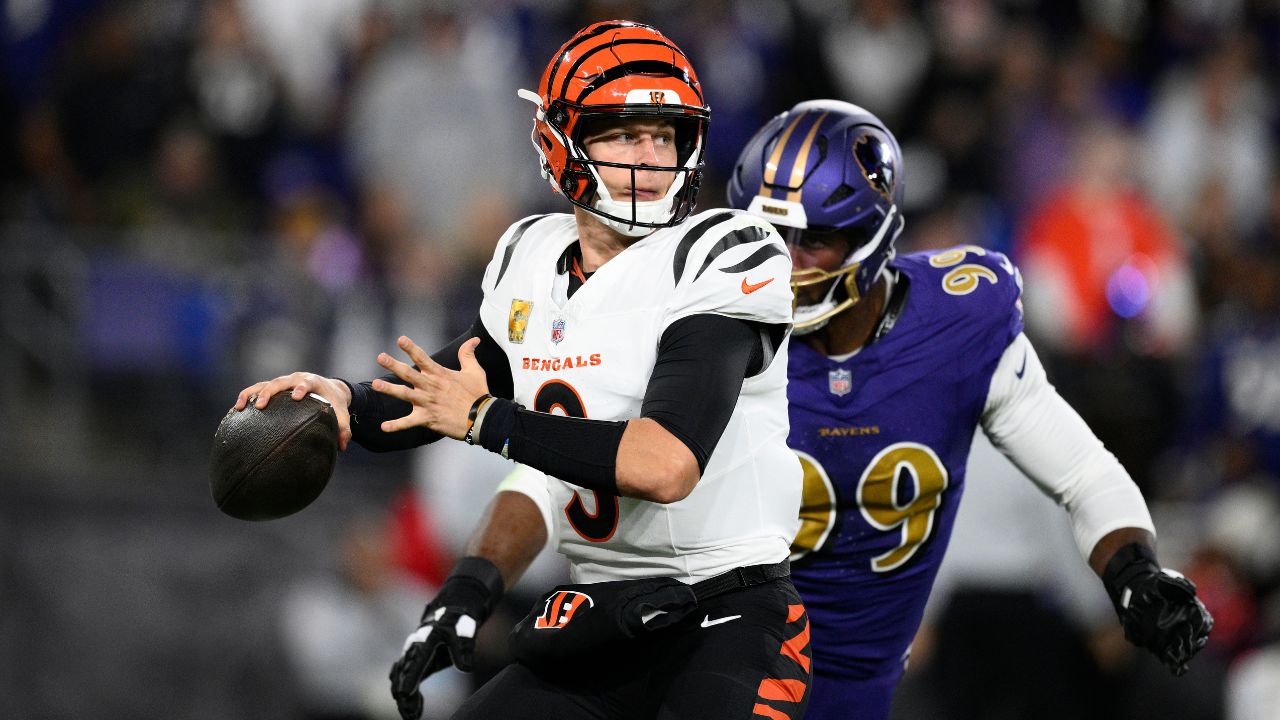
SAN ANTONIO — Aaron Judge’s bet on himself in the spring of 2022, turning down a $213.5-million, seven-year extension offer, paid off in a big way during free agency months later, when he re-signed with the New York Yankees for $360 million over nine years.
That’s an astonishing 68 per cent more than what was initially presented, underlining the degree of discount between signing early and market price, but the superstar outfielder did more than realize his value by playing things out.
He also raised the bar for future salaries with a contract that, at the time, established new highs for the biggest total free-agent deal and the highest average-annual value for a position player, a spinoff benefit that factored into his thinking.
“A little bit comes into that because you know the guys before me were doing the same thing — they were setting the market, they were pushing the market as best they could,” Judge said during the recent World Series media day. “So you kind of have a little bit of responsibility to do that for the guys, if it’s the next year or the next five, 10 years coming behind you to kind of help them out. Part of that goes into it. But you’re going to get what you’re going to get, you know what I’m saying? You’ve got to put the work in and a team’s got to have a need for somebody. Usually, it all works out.”
Judge’s benchmarks were surpassed last year by the present value of Shohei Ohtani’s $700-million, 10-year contract, which is roughly a $460 million total and $46 million AAV. Those numbers are expected to be trumped again by Juan Soto this off-season.
The Yankees’ second superstar turned down a $440-million, 15-year extension from the Washington Nationals in the summer of 2022, precipitating a deadline trade to the San Diego Padres. Some industry sources predict Soto will land a total commitment that, at minimum, is in the $600-million range, which, over and above the $54 million he earned in arbitration in 2023 and ’24, makes for a substantial gain over the Nats’ offer, while again driving the market upwards.
All of this makes Judge and Soto instructive as Vladimir Guerrero Jr. and the Toronto Blue Jays head into a fateful off-season together.
Like Judge in 2022, the four-time All-Star baseman is a year away from free agency and sure to get an extension offer from the club at some point, meaning he’ll have to weigh a similar same-risk reward equation. He may also want to wait for Soto to further drive up prices for generational talents, and the outfielder’s next contract may be relevant given their ages and some of the statistical similarities through their first five-plus big-league years.
|
|
Games |
BA |
OBP |
SLG |
HR |
RBI |
OPS+ |
|
Juan Soto |
779 |
.284 |
.421 |
.504 |
160 |
483 |
156 |
|
Vladimir Guerrero Jr. |
819 |
.288 |
.363 |
.500 |
160 |
507 |
137 |
On the Blue Jays’ end, extending Guerrero is an obvious priority, given their urgent need for a long-term organizational pillar to build around as the current core ages out and a new core takes its place.
However, if a deal can’t be reached, do they risk letting Guerrero play out next season before hitting the open market the way the Yankees did with Judge? Or do they let the situation run to the deadline before trading him like the Nats did with Soto? If the gap between them is impossibly wide, do they consider dealing him this off-season and reallocating his projected $28-million to $30-million arbitration salary to other players, or go for a full teardown like Washington?
Each of the above possibilities is in play for Guerrero and the Blue Jays as this off-season begins, which is akin to simultaneously walking parallel paths in opposite directions.
The Blue Jays, as is their way, will be active all over the market, including on Soto, and there are a couple of important things to keep in mind there.
First, Soto’s agent, Scott Boras, will try to bring as many teams into the mix as he can to either extort as much as possible from the two likeliest suitors — the Yankees and the crosstown Mets — or get a team to make a bid so outlandish that no other club will match.
The Blue Jays won’t do the latter but will hang around with their valuation in the event that Soto’s market breaks their way. They took a similar approach with Gerrit Cole during the right-hander’s free agency in the 2019-20 off-season, so this is low-probability stuff.
Second, a Soto deal would likely be covered under a special payroll allocation, as Ohtani would have been a year ago, rather than from whatever the 2025 budget is set at for the Blue Jays. That means if Soto signs elsewhere, they can’t redirect what they would have spent on him elsewhere, indicative that they’re presenting him as a unique opportunity.
Guerrero is already in the 2025 budgetary plans, so what the payroll looks like for 2026 and beyond will depend wholly on how the off-season unfolds.
As that takes shape, the 25-year-old will surely be examining how big of a discount he’d be giving out by extending now rather than letting the market dictate his price next fall. And he’ll have to weigh the merits of locking in that money versus trying to max out a year from now and then put all that against whatever else he wants to accomplish as a player.
For Judge, part of returning to the Yankees after reportedly receiving a $400-million offer from the Padres was a feeling that he had “unfinished business” in New York.
“The money, everything like that is great for your family, but for me, it was really about what I wanted to get out of this game and what mark I want to leave on this game,” said Judge. “Getting drafted in 2013, all that was talked about being a Yankee is World Series championships. To be at that point not have one or not even be to the dance yet really sat heavy with me. That I played a big role in what kind of legacy I wanted to leave with the Yankees.”
There is plenty to consider, then, for both Guerrero and the Blue Jays in an off-season of big decisions and bigger business.






